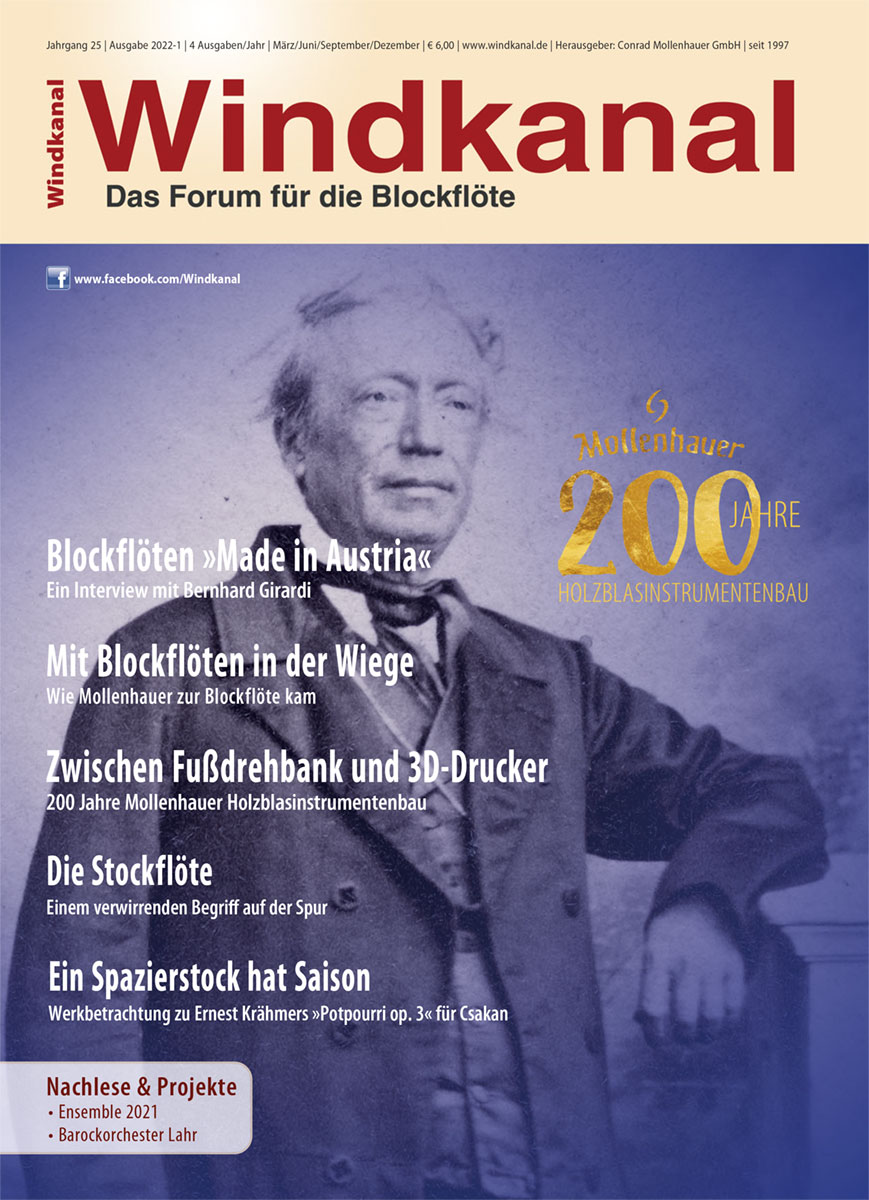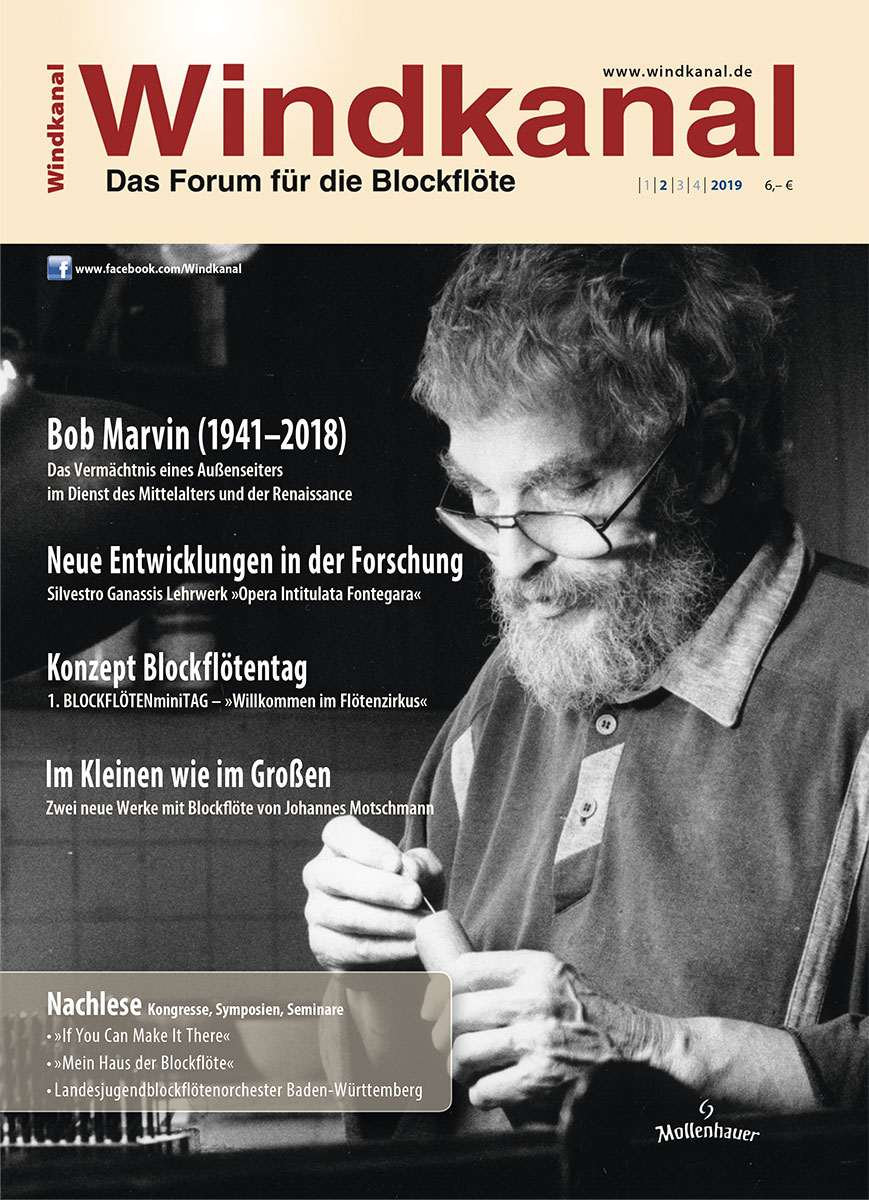Kalender
| Mon | Tue | Wed | Thu | Fri | Sat | Sun |
|---|---|---|---|---|---|---|
|
1
|
2
|
3
|
4
|
5
|
6
|
7
|
|
8
|
9
|
10
|
11
|
12
|
13
|
14
|
|
15
|
16
|
17
|
18
|
19
| ||
|
22
|
23
|
24
|
25
|
26
|
27
|
28
|
|
29
|
30
| |||||
Recorder Fingerings
Baroque & German Fingering
Most school recorders are still offered with German and Baroque fingering so that a choice must be made at the time of purchase.
The most important difference is the fingering for the note F (soprano) that at first is easier to finger in the German fingering system (in comparison to the forked fingering of the Baroque system, see below). However, this apparent ease of fingering seriously compromises the tuning of the instrument in other keys than the home key. Even F-sharp requires more complex fingerings in order to sound reasonably in tune.
For this reason modern recorder tutor books are geared towards Baroque fingering which – when taught properly – is no more difficult for pupils to learn.
A common error:
often the double finger holes C /C-sharp and D/D-sharp (soprano) are regarded as evidence of Baroque fingering. However, the double holes are possible in both fingering systems.
The Baroque fingering can easily be recognised by the larger finger hole for F (soprano), B-flat (alto) in comparison to a German fingered instrument.

























